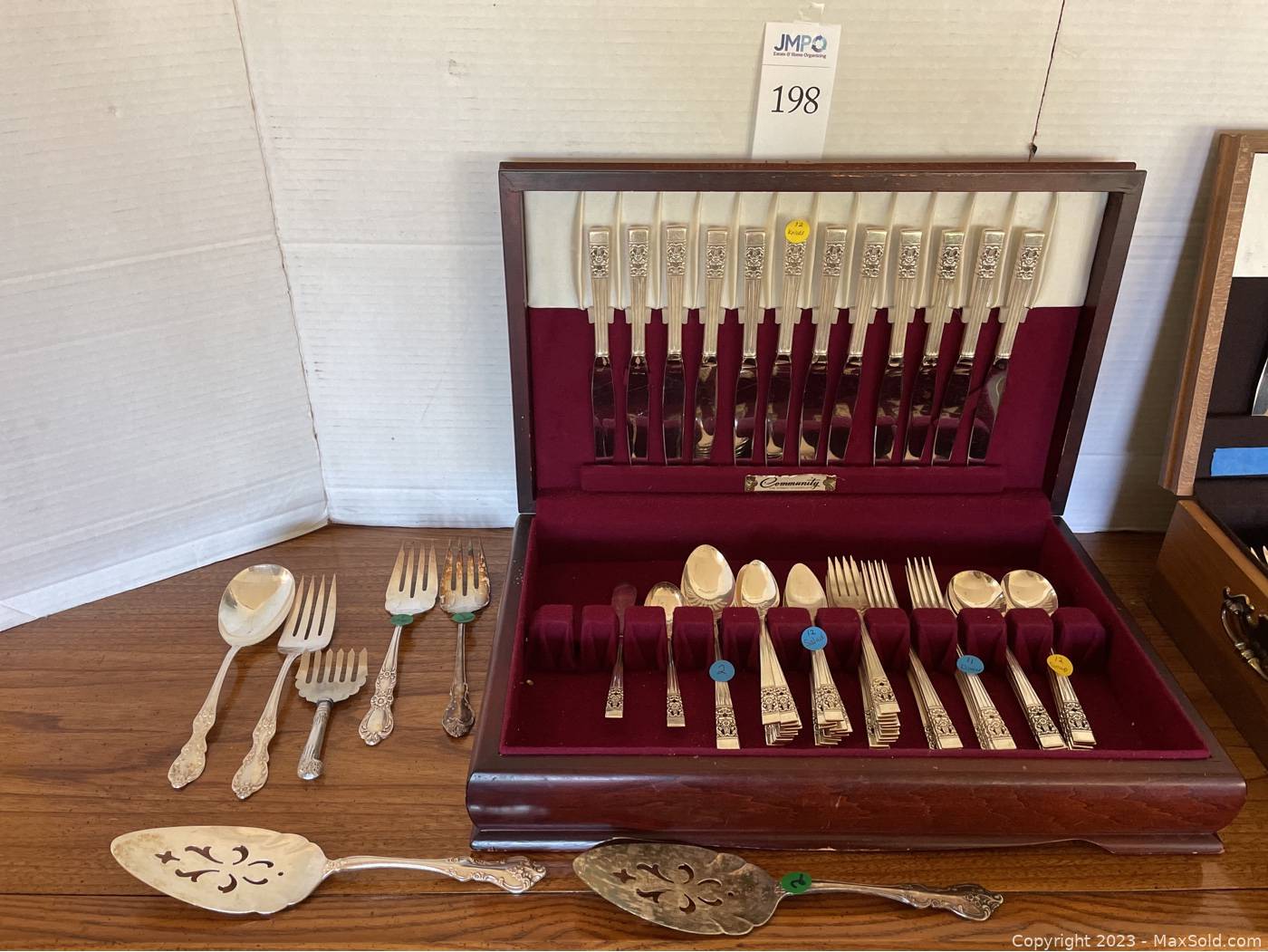

Tableware
What Is Community Silverware Made Of
Modified: September 2, 2024
Discover what materials are commonly used in tableware and find out what community silverware is made of. Explore the different options available for your dining needs.
(Many of the links in this article redirect to a specific reviewed product. Your purchase of these products through affiliate links helps to generate commission for Storables.com, at no extra cost. Learn more)
Introduction
Welcome to the fascinating world of tableware, where every dish is beautifully complemented by the perfect set of community silverware. Whether you are hosting a formal dinner party or enjoying a casual meal with family and friends, the choice of tableware can elevate the dining experience to new heights.
In this article, we will explore the intriguing history and different types of materials used in the creation of community silverware. We will specifically focus on stainless steel, silver plated, and sterling silver tableware, discussing their unique characteristics and benefits. Additionally, we will provide valuable insights on how to care for and maintain your community silverware collection to ensure their longevity and timeless beauty.
Join us as we embark on a journey into the world of community silverware, uncovering the secrets behind these exquisite pieces that have graced tables for centuries. From the elaborate grandeur of sterling silver to the practicality and durability of stainless steel, you will discover the perfect tableware options to suit your personal style and needs.
So, grab a seat at the table and let’s delve into the enchanting realm of community silverware!
Key Takeaways:
- Community silverware has a rich history, evolving from symbols of wealth to accessible options like stainless steel, silver plated, and sterling silver, each offering unique characteristics to elevate the dining experience.
- Proper care and maintenance are crucial for preserving the beauty and functionality of community silverware, whether it’s stainless steel, silver plated, or sterling silver, ensuring lasting elegance for generations to come.
Read more: What Is Silverware Made Of
History of Community Silverware
The history of community silverware dates back centuries, beginning as a symbol of wealth and prestige among the elite. Early civilizations, such as the Egyptians, Greeks, and Romans, used silver and other precious metals to create extravagant tableware for lavish feasts and banquets.
During the Middle Ages, silver became more accessible to the upper-middle class, leading to the rise of community silverware. This term refers to a collection of silver tableware, often owned by a community or household, and used for special occasions or daily meals. The popularity of community silverware continued to grow during the Renaissance period, as the upper classes embraced the art of refined dining.
The 18th and 19th centuries marked a significant shift in the production of silverware. Industrial advancements allowed for mass production, making silverware more affordable and accessible to a wider range of individuals. This led to the emergence of silver-plated and stainless steel community silverware, providing more options for both functionality and aesthetics.
Despite the evolution of materials and production techniques, the allure of sterling silver has endured throughout history. Its timeless elegance and enduring beauty have made it a prized possession among collectors and those who appreciate the highest level of craftsmanship.
Today, community silverware continues to hold a special place in our hearts and homes, representing tradition, style, and a deep appreciation for the art of dining. Whether it’s a family heirloom passed down through generations or a newly acquired set, community silverware adds an undeniable touch of sophistication to any table setting.
Now that we’ve explored the rich history behind community silverware, let’s dive into the different materials used in its production, and how they contribute to the overall look and feel of your table setting.
Different Types of Community Silverware Materials
Community silverware comes in various materials, each with its own unique qualities and characteristics. Let’s take a closer look at some of the most popular materials used in the production of community silverware:
Stainless Steel
Stainless steel is a versatile and widely used material in the production of community silverware. Known for its durability and resistance to corrosion, stainless steel silverware is a popular choice for everyday use. It is easy to maintain, as it does not require regular polishing like other materials. Stainless steel silverware often features sleek and modern designs, making it perfect for contemporary table settings. Its affordability and long-lasting properties make it a practical option for both casual and formal dining.
Silver Plated
Silver plated community silverware combines the elegance of silver with the affordability of other base metals. In this type of silverware, a thin layer of silver is electroplated onto a base metal, such as brass or nickel silver. The silver plating gives the flatware a lustrous and luxurious appearance, reminiscent of sterling silver. Silver plated silverware requires regular polishing to maintain its shine and prevent tarnish. With proper care, silver-plated community silverware can be a stunning addition to any table.
Sterling Silver
Sterling silver is considered the epitome of luxury in community silverware. It is a silver alloy consisting of 92.5% pure silver and 7.5% other metals, typically copper. This composition gives sterling silver strength and durability while retaining the inherent beauty and elegance of silver. Sterling silver silverware is often handcrafted by skilled artisans, showcasing intricate designs and meticulous craftsmanship. It requires regular polishing to prevent tarnish and maintain its brilliance. Sterling silver community silverware is treasured for its timeless charm and heirloom quality, often passed down through generations.
Each material has its own unique characteristics, catering to different preferences and occasions. Whether you prefer the practicality of stainless steel, the affordability of silver plated, or the opulence of sterling silver, community silverware is sure to elevate your dining experience and make a lasting impression on your guests.
Now that we have explored the different materials used in community silverware, let’s discuss the care and maintenance required to keep these cherished pieces in pristine condition.
Stainless Steel
Stainless steel is a popular material used in the production of community silverware due to its durability, versatility, and sleek appearance. Made from a combination of steel, chromium, and other alloys, stainless steel flatware is resistant to corrosion, stains, and chipping, making it ideal for everyday use.
One of the main advantages of stainless steel community silverware is its low maintenance. Unlike silver-plated or sterling silver flatware, stainless steel does not require regular polishing to maintain its shine. It can be easily cleaned with warm, soapy water and a soft cloth. Additionally, stainless steel is dishwasher safe, saving you time and effort in the cleaning process.
In terms of design, stainless steel silverware offers a wide range of options. From sleek and minimalist designs to more ornate and decorative patterns, there is something to suit every taste and style. This versatility makes stainless steel community silverware perfect for both casual and formal occasions.
Another advantage of stainless steel silverware is its affordability. Compared to silver-plated or sterling silver flatware, stainless steel is more budget-friendly while still maintaining quality and durability. This makes it an excellent choice for those who want stylish and functional tableware without breaking the bank.
However, it’s important to note that not all stainless steel flatware is created equal. Different grades of stainless steel exist, with 18/10 and 18/8 being the most common for community silverware. These numbers refer to the percentages of chromium and nickel in the steel, with higher numbers indicating better quality and resistance to corrosion.
Stainless steel community silverware is a popular choice for households and restaurants alike. Its durability, low maintenance, affordability, and wide range of designs make it a practical and stylish option for any table setting. Whether you’re hosting a casual dinner with friends or a formal gathering, stainless steel silverware is sure to enhance the dining experience.
Now that we have explored stainless steel in community silverware, let’s dive into the world of silver-plated flatware.
Silver Plated
Silver plated community silverware combines the elegance of silver with the affordability of other base metals. In this type of silverware, a thin layer of silver is electroplated onto a base metal, typically brass or nickel silver. The silver plating gives the flatware a lustrous and luxurious appearance, similar to that of sterling silver, making it a popular choice for special occasions and formal dining.
One of the main advantages of silver plated community silverware is its aesthetic appeal. The polished silver surface creates a captivating shine, adding a touch of elegance and sophistication to any table. Silver plated flatware often features intricate designs and patterns, showcasing the craftsmanship and attention to detail of the artisans who create them.
However, it’s important to note that silver plated silverware requires more care and maintenance than stainless steel. The silver plating can tarnish over time, especially when exposed to air and certain foods. To prevent tarnish and keep the silver plated flatware looking its best, regular polishing is necessary. A gentle silver polish and a soft cloth can be used to remove tarnish and restore the silver’s luster.
Another consideration with silver plated community silverware is that the plating can wear off with frequent use and cleaning. This is especially true if abrasive cleaners or scrub brushes are used. It’s important to handle silver plated flatware with care and avoid harsh cleaning methods to preserve the silver plating as long as possible.
Despite the need for regular maintenance, silver plated community silverware offers a more affordable alternative to sterling silver while still imparting a touch of elegance and class. It is perfect for special occasions such as weddings, anniversaries, and holiday dinners, where the luxurious appearance of silver is desired without the hefty price tag.
With proper care, silver plated community silverware can be enjoyed for many years, creating a stunning and sophisticated table setting for all your memorable gatherings.
Now that we have explored silver plated silverware, it’s time to delve into the world of sterling silver – the epitome of luxury in community silverware.
Sterling Silver
Sterling silver is synonymous with elegance, luxury, and timeless beauty in the world of community silverware. It is a silver alloy consisting of 92.5% pure silver and 7.5% other metals, typically copper. This composition gives sterling silver its strength and durability while retaining the inherent beauty and properties of silver.
One of the main advantages of sterling silver community silverware is its exquisite craftsmanship. Many sterling silver flatware sets are meticulously handcrafted by skilled artisans. The intricate designs and attention to detail make each piece a work of art. From classic and traditional patterns to intricate and ornate motifs, sterling silver flatware is renowned for its beauty and elegance.
Another distinguishing feature of sterling silver is its undeniable shine. When properly cared for, sterling silver tableware glistens with a brilliant luster. However, it’s important to note that sterling silver is prone to tarnish. Exposure to air, moisture, and certain foods can cause it to darken over time. Regular polishing with a gentle silver polish and a soft cloth is necessary to keep sterling silver flatware looking its best.
Sterling silver community silverware holds a special place as a cherished heirloom and collector’s item. It is often passed down through generations, adding a sense of history and sentimentality to the table. The durability of sterling silver allows it to withstand the test of time, making it a valuable investment and a treasured possession for years to come.
It’s worth noting that sterling silver is often more expensive than other materials used in community silverware. The high silver content and craftsmanship contribute to the elevated price tag. However, many people consider the investment in sterling silver flatware worthwhile due to its enduring quality and beauty.
When purchasing sterling silver community silverware, it’s essential to look for reputable brands and sellers to ensure the authenticity and quality of the silver. Sterling silver should be marked with a “925” or “Sterling” stamp, indicating its silver content. Buying from trusted sources will help you acquire genuine sterling silver flatware that will become a cherished part of your table setting.
Whether used for special occasions or displayed as an elegant centerpiece, sterling silver community silverware exudes luxury and refinement. Its timeless charm and enduring beauty make it a statement piece that enhances any dining experience.
With proper care and appreciation for its craftsmanship, sterling silver flatware can be enjoyed for generations, creating lasting memories around the table.
Now that we have explored the allure of sterling silver, let’s move on to essential tips for caring for and maintaining your community silverware collection.
Community silverware is typically made of stainless steel, which is a durable and corrosion-resistant material. It is a popular choice for everyday use due to its strength and easy maintenance.
Read more: What Is Community Garden
Care and Maintenance of Community Silverware
Proper care and maintenance are essential to ensure the longevity and beauty of your community silverware. Whether you have stainless steel, silver plated, or sterling silver flatware, the following tips will help you keep your tableware in pristine condition:
1. Regular Cleaning: Clean your community silverware after each use to remove any food particles and prevent stains. Wash it by hand using warm water and a mild dishwashing soap. Avoid using abrasive scrub brushes or harsh cleaning agents, as they can scratch or damage the flatware.
2. Polishing: For silver plated and sterling silver community silverware, regular polishing is necessary to maintain its shine and prevent tarnish. Use a gentle silver polish and a soft cloth to remove tarnish and restore the luster of the silver. Follow the instructions on the polish and avoid excessive rubbing, as it can remove the silver plating or damage the silverware.
3. Avoid Harsh Chemicals: Avoid exposing your community silverware to harsh chemicals, such as bleach or ammonia-based cleaners. These chemicals can corrode the silver and cause irreparable damage. Additionally, avoid using silverware in contact with acidic or sulfur-rich foods, as they can accelerate tarnishing.
4. Storage: Store your community silverware in a dry and clean environment. It is best to use individual sleeves or a lined storage chest to prevent scratches and minimize exposure to air. If storing in a drawer, consider using anti-tarnish strips or fabric to protect the silverware from tarnish-inducing elements.
5. Occasional Deep Cleaning: For heavily tarnished silver plated or sterling silver flatware, consider occasional deep cleaning. You can use a silver dip solution or consult a professional silversmith for assistance. Remember to follow the instructions, as improper use of cleaning solutions can damage the silverware.
6. Use with Care: Handle your community silverware with care to avoid scratches or dents. Avoid using metal utensils or abrasive sponges when eating or serving with silver plated or sterling silver flatware. Cutlery with sharp edges should be used gently to prevent damage to the silver.
7. Professional Restoration: If your silverware becomes heavily damaged or tarnished, seek the assistance of a professional silversmith. They have the expertise and tools to restore and repair your community silverware, ensuring its longevity for many years to come.
By following these care and maintenance tips, you can preserve the beauty and functionality of your community silverware collection. Whether it’s stainless steel, silver plated, or sterling silver, each piece will continue to add a touch of elegance to your dining experience.
Now that we understand how to care for our community silverware, let’s conclude our exploration of the enchanting world of tableware.
Conclusion
The world of community silverware is a captivating blend of history, craftsmanship, and practicality. From the lavish feasts of ancient civilizations to modern-day gatherings, tableware has played an essential role in enhancing the dining experience.
We have explored the rich history behind community silverware, tracing its origins from symbols of wealth and prestige to the emergence of silver-plated and stainless steel options. Each material offers its own unique characteristics, catering to different tastes, occasions, and budgets.
Stainless steel silverware, with its durability and easy maintenance, has become a popular choice for everyday use. Its sleek designs and affordability make it a practical and stylish option for various table settings.
Silver plated community silverware combines the elegance of silver with the affordability of other base metals. While it requires regular polishing to maintain its luster, the luxurious appearance and intricate designs make it a favorite for special occasions.
Sterling silver, with its high silver content and meticulous craftsmanship, exudes timeless beauty and enduring quality. Though it requires regular polishing and proper care, sterling silver community silverware holds a special place as a cherished heirloom and a treasured possession.
Whether you prefer the durability of stainless steel, the luster of silver plated, or the opulence of sterling silver, community silverware adds a touch of sophistication to any table setting.
By following proper care and maintenance techniques, you can ensure the longevity and beauty of your community silverware collection. Regular cleaning, gentle polishing, and careful storage will help preserve its shine and prevent tarnish.
From everyday meals to special occasions, community silverware enriches the dining experience and creates lasting memories. It adds an element of elegance and refinement, elevating the aesthetics of the table and delighting guests.
So, whether you are planning a lavish dinner party or simply sitting down for a family meal, take pride in your choice of community silverware. Embrace the history, craftsmanship, and beauty of these exquisite pieces, and may your table always be adorned with the charm and elegance they bring.
Now, go forth and create magical dining experiences with your community silverware!
Frequently Asked Questions about What Is Community Silverware Made Of
Was this page helpful?
At Storables.com, we guarantee accurate and reliable information. Our content, validated by Expert Board Contributors, is crafted following stringent Editorial Policies. We're committed to providing you with well-researched, expert-backed insights for all your informational needs.
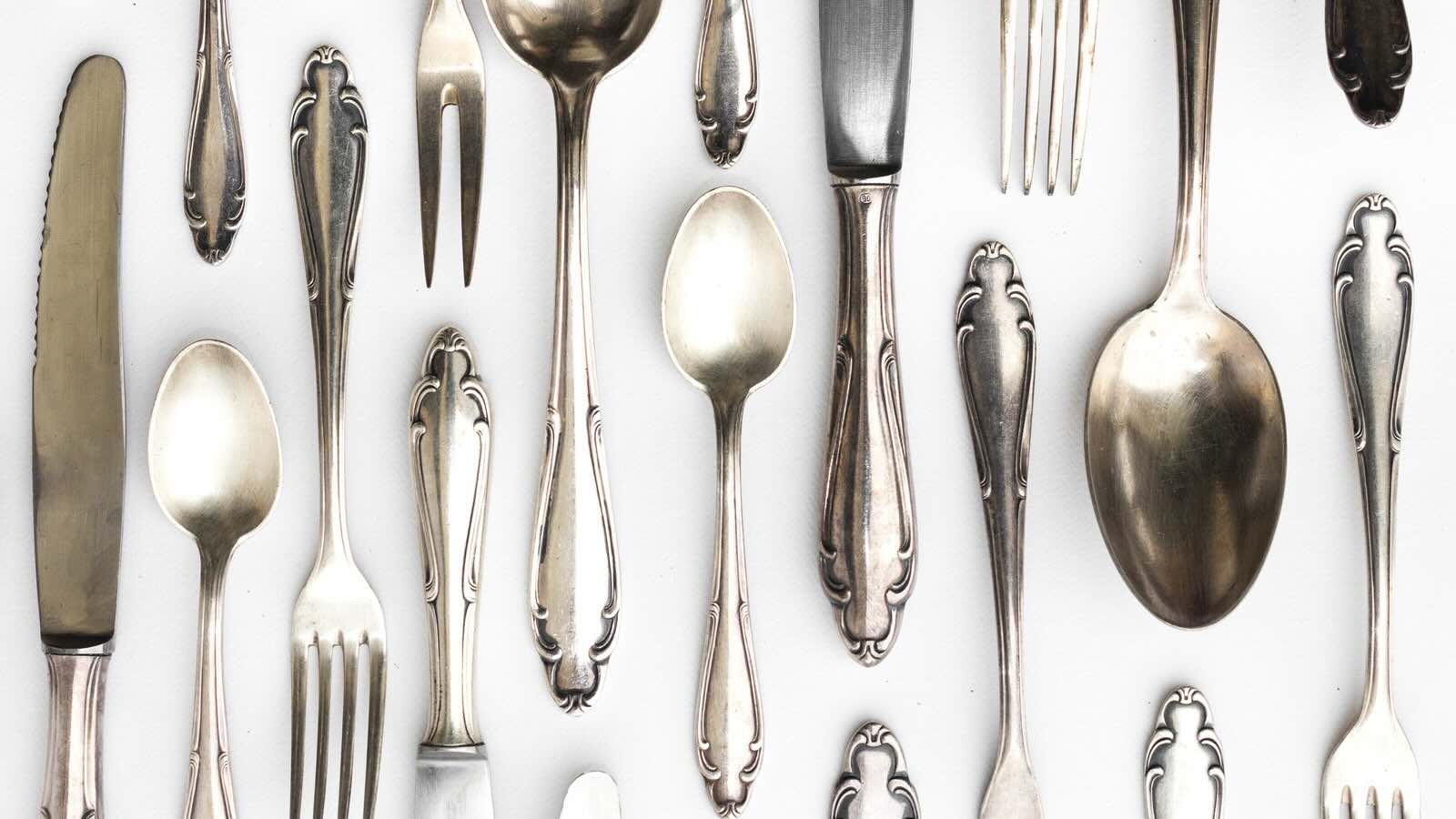

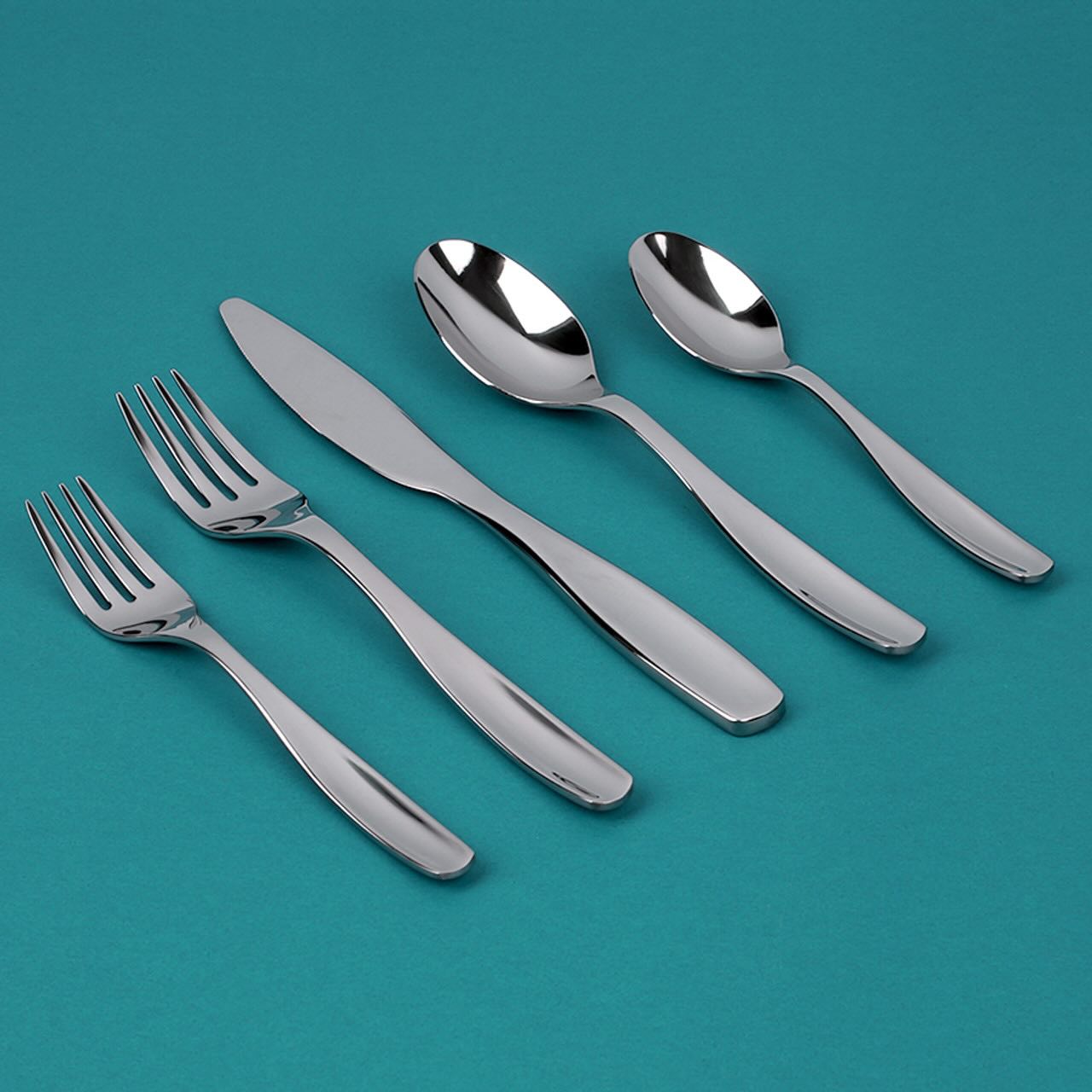
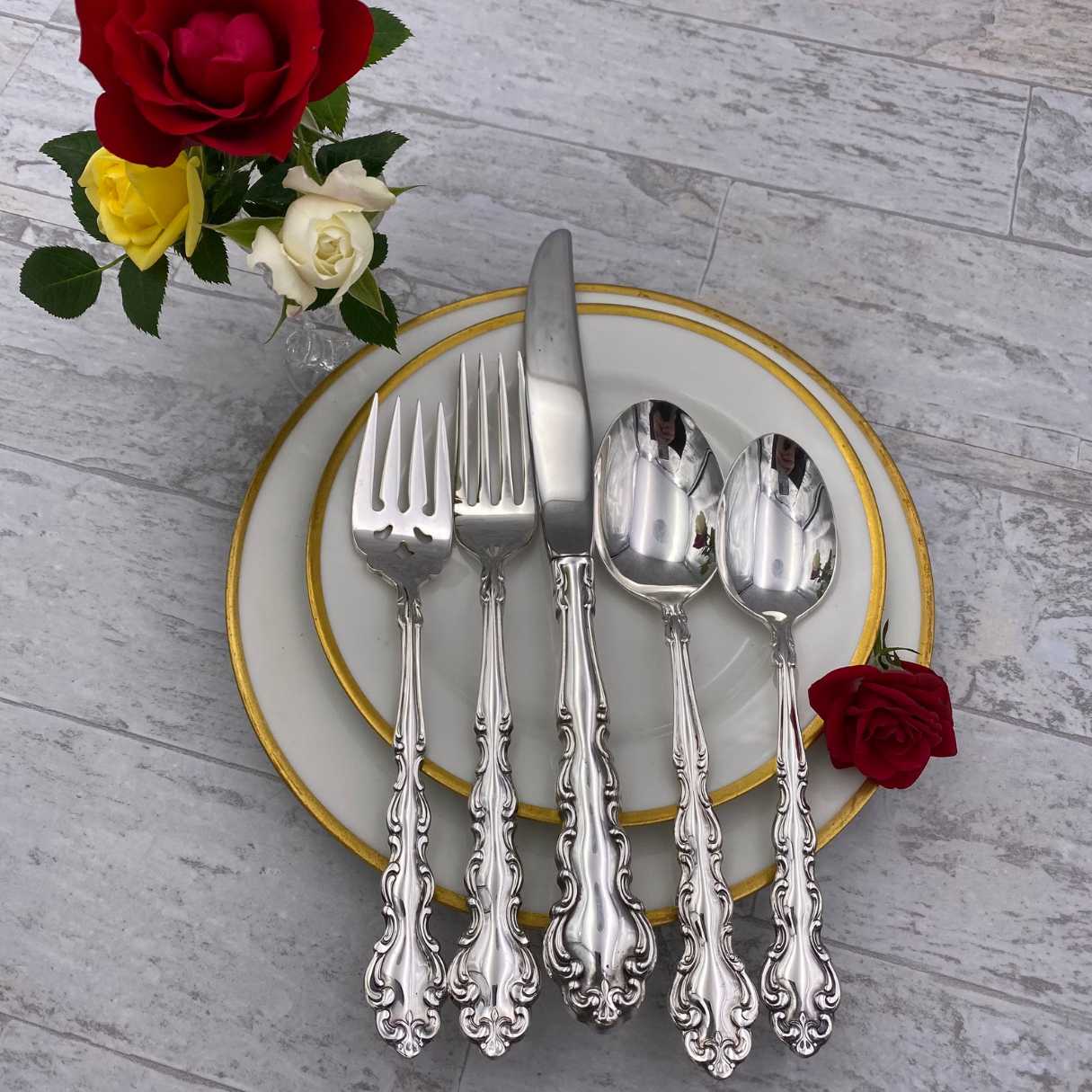

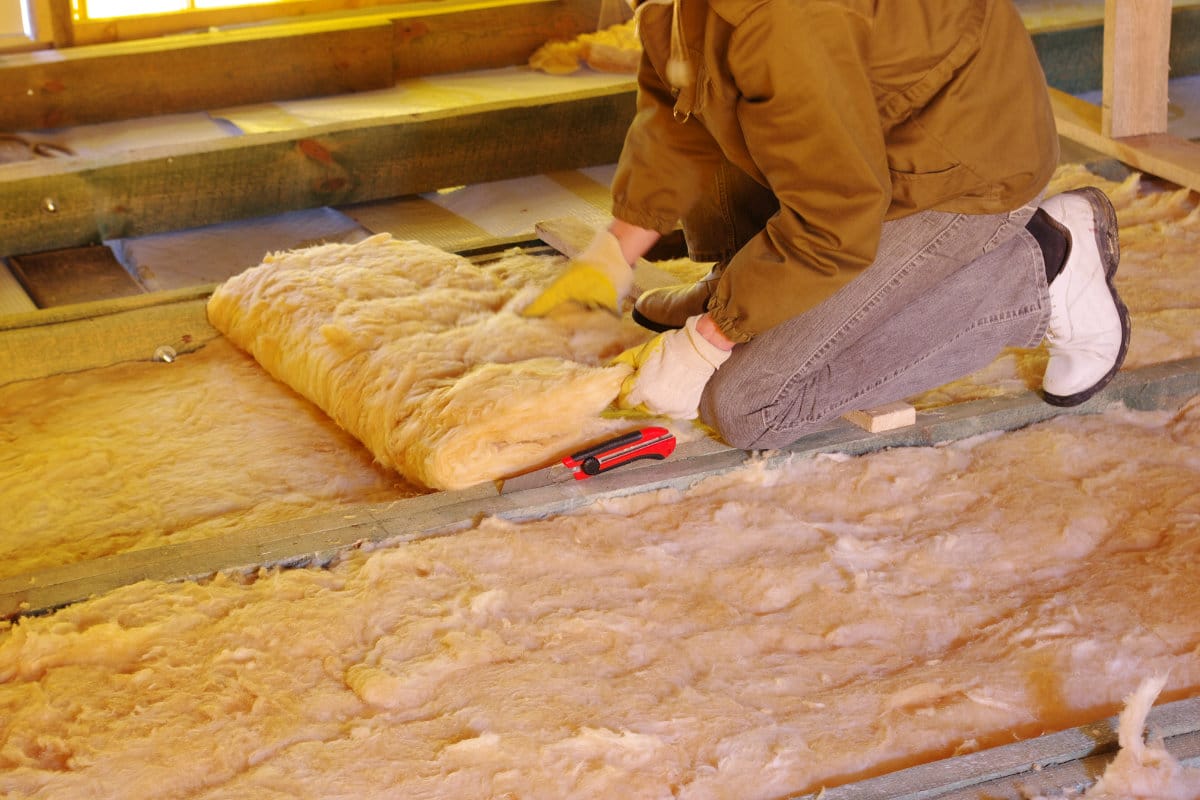

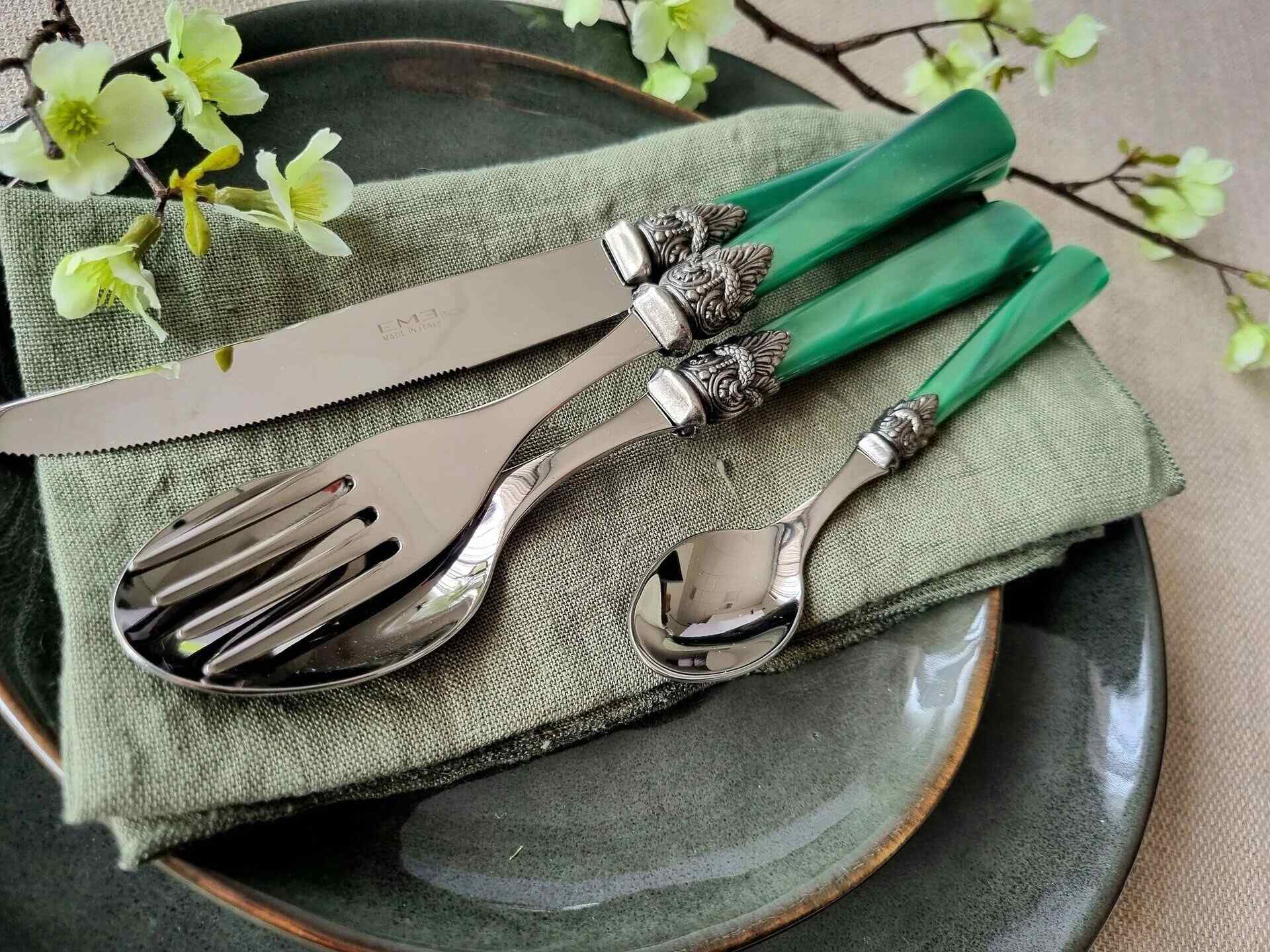


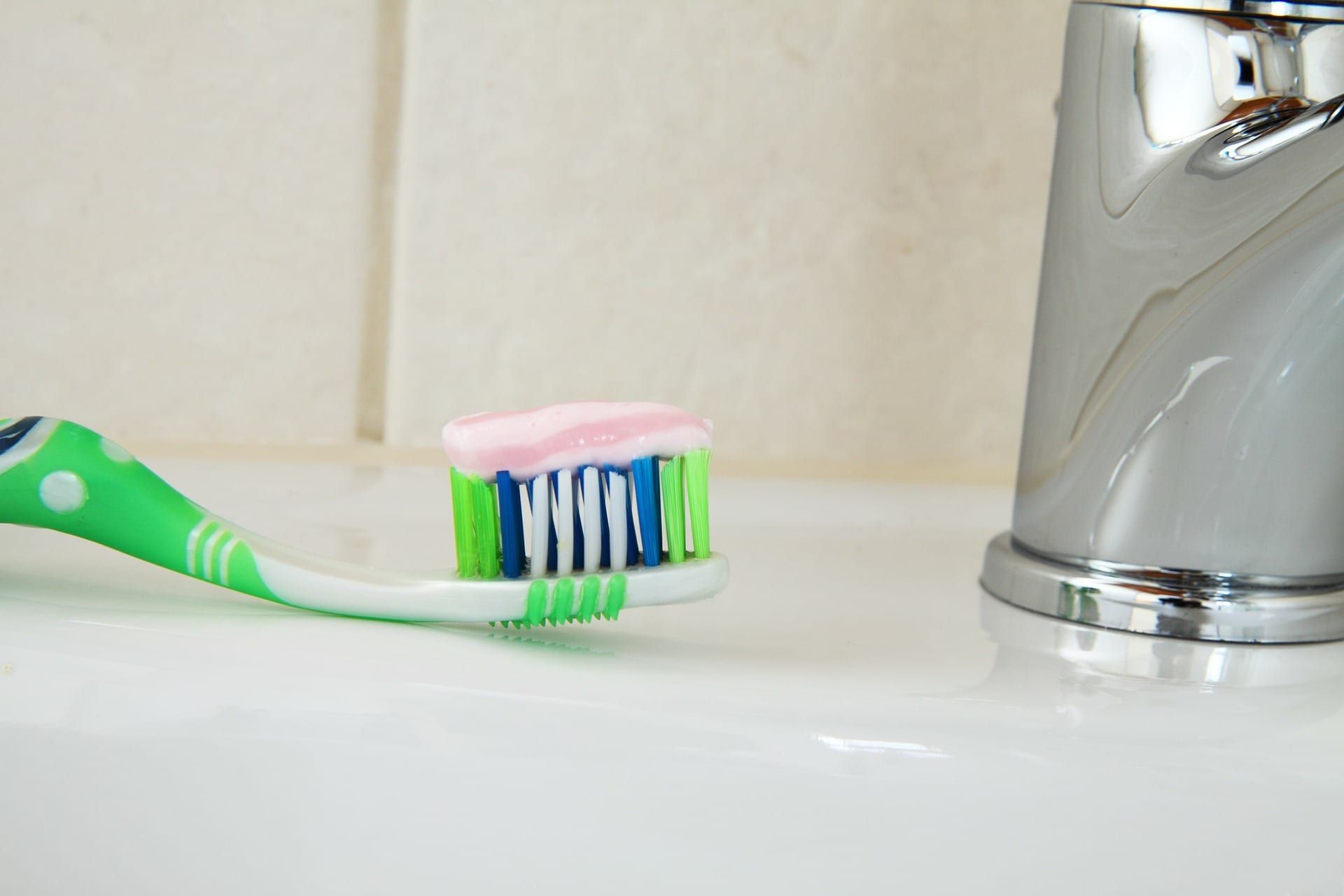

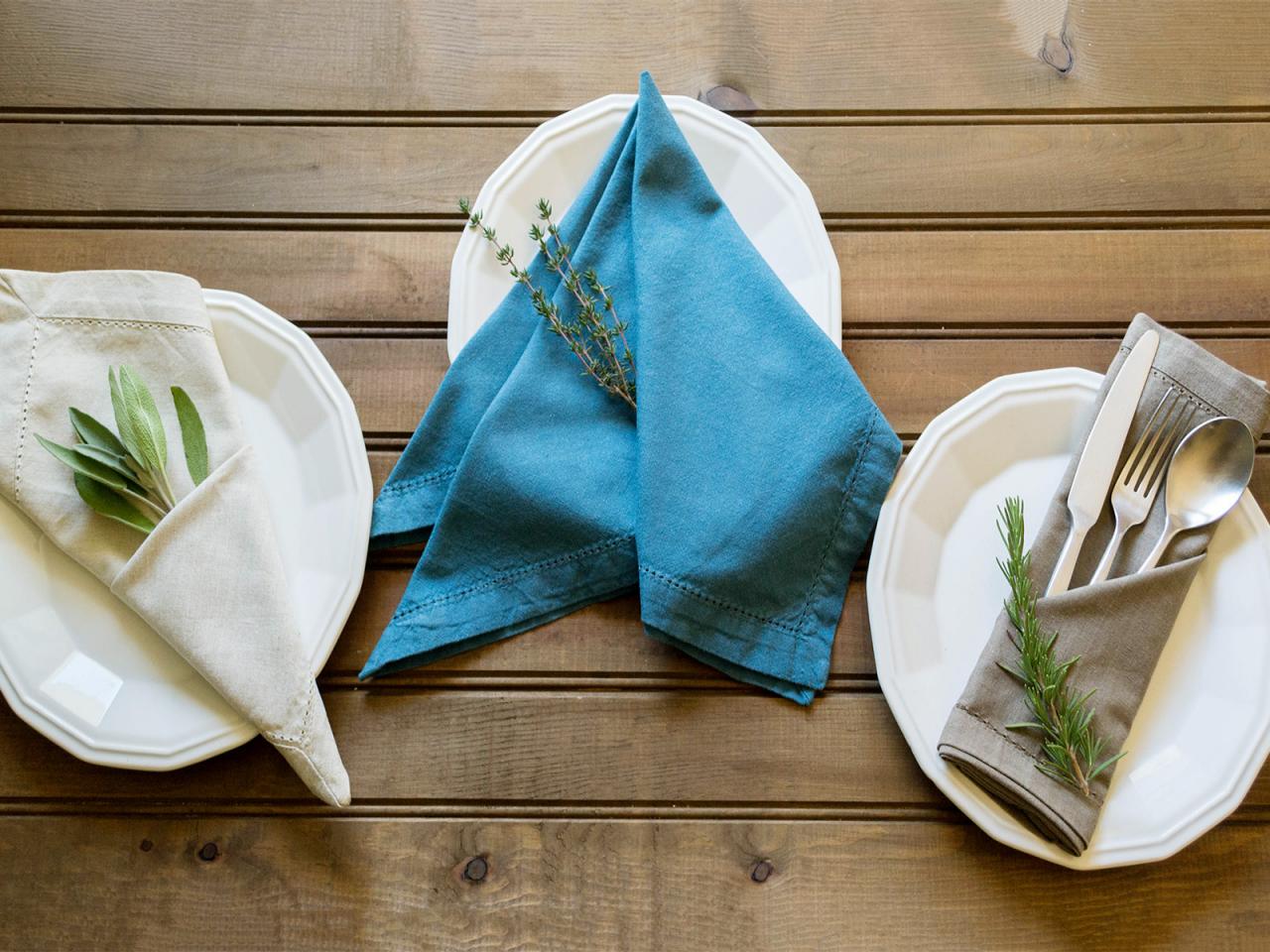

0 thoughts on “What Is Community Silverware Made Of”